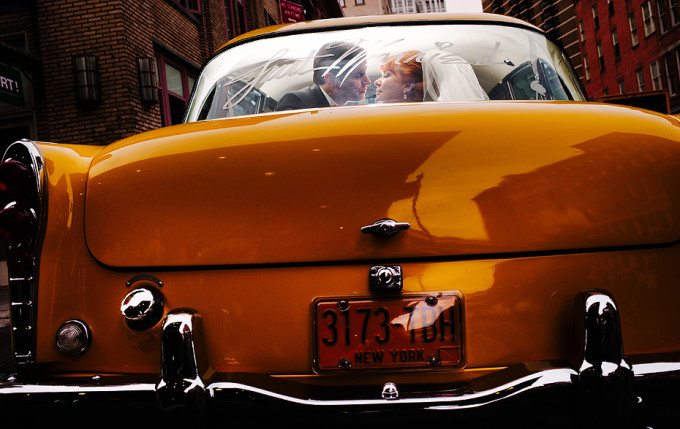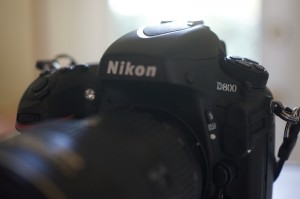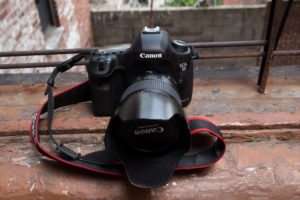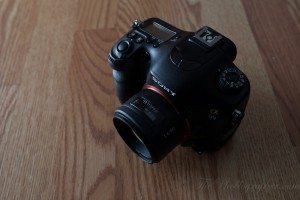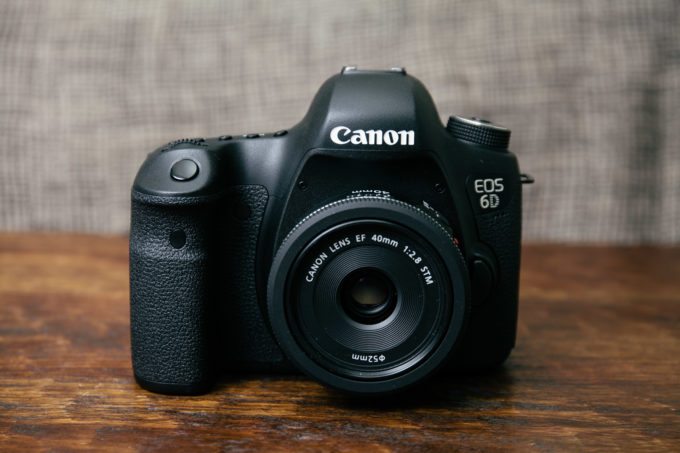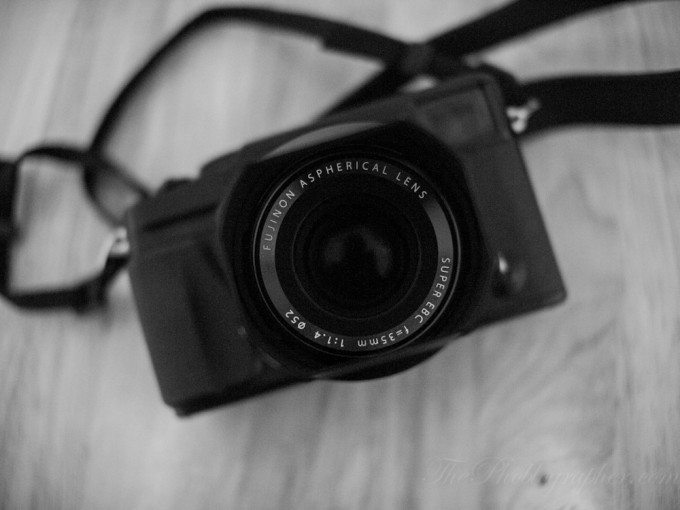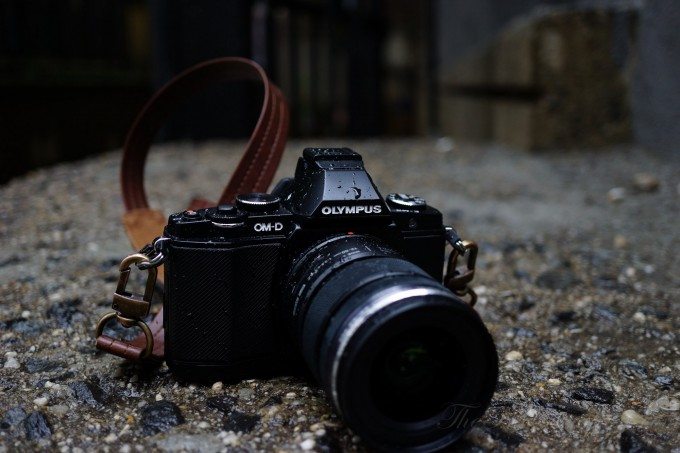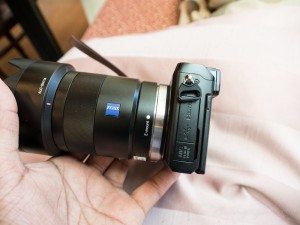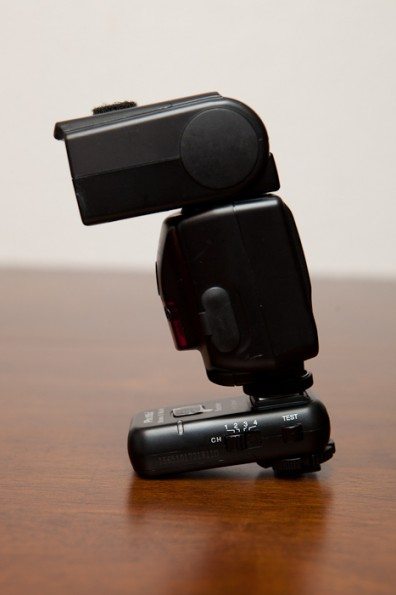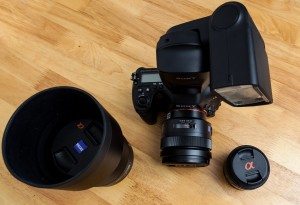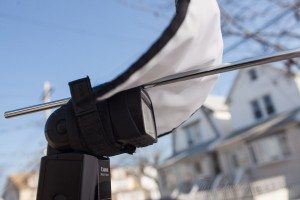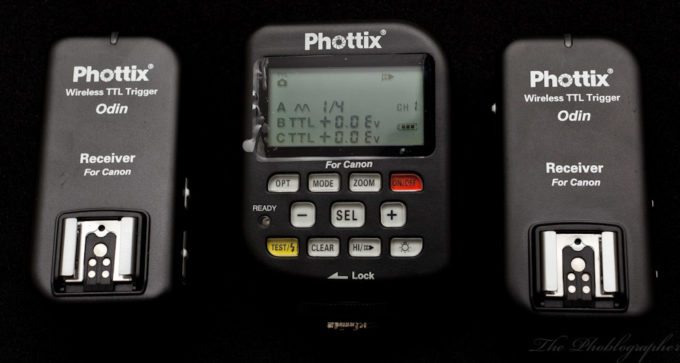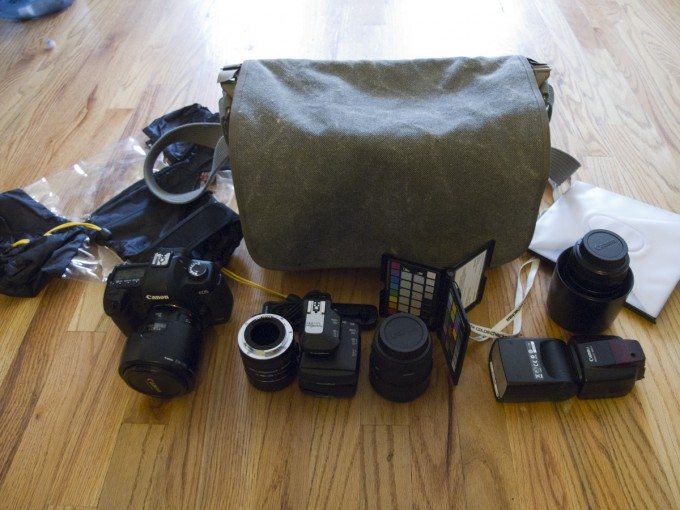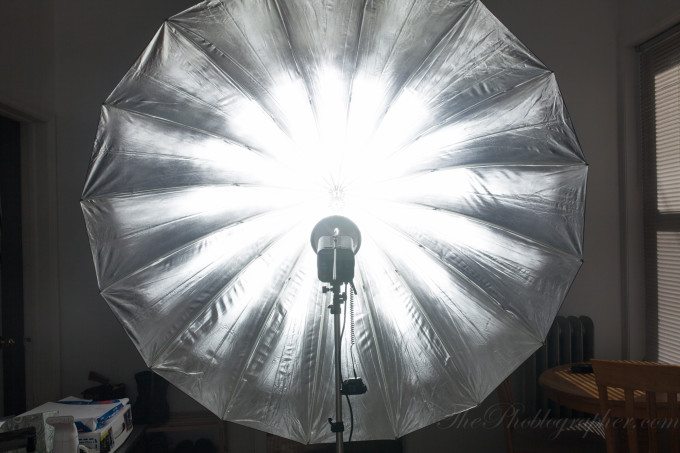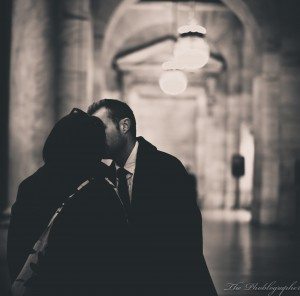Last Updated on 04/12/2013 by Chris Gampat
Photo by Ryan Brenizer. Used with permission
It’s a brand new year, and that also means that you’re probably prepping for a whole new wedding season. To boot, since the days are getting longer you’re probably also wanting to work with natural light more often and taking further advantage of the golden hour. But if you’re starting to think about some upgrades, maybe you should consider some of the latest and greatest that many companies have been putting out as of late.
This is our Wedding Guide for 2013.
Primary Cameras and Lenses
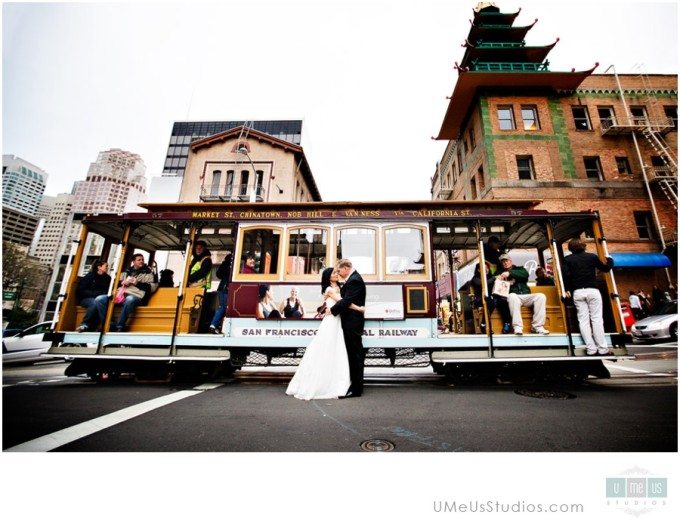
Taken from our Recommended Camera and Lens Guide
First off, what you need is a camera. In addition to that, we also recommend fast aperture lenses. In terms of capturing the images, we are highly recommending the compact full frame model cameras as they’re the most versatile balance of image quality and operability in the rough and tumble that weddings really are for photographers.
And with each camera, we recommend some quality glass to go with them.
Nikon D800
The Nikon D800 has rocked the industry in some many different ways, and even as a Canon shooter I am in some ways jealous that you guys have it. It sports a full frame sensor with enough megapixels to challenge medium format cameras. To boot, the high ISO results are excellent as well as the fact that it can shoot more than enough frames per second for wedding shooters. As always, Nikon’s excellent autofocus system is present in the camera and it’s honestly a no brainer for many wedding photographers. In some ways, it is even future-proof because of how much resolution you get, how great the focusing is, and how clean the images really can be when coupled with good glass.
As far as lenses go, we recommend Tamron’s 24-70mm f2.8 UD VC over Nikon’s for the sharpness and vibration compensation (see our review). We also recommend Nikon’s 70-200mm f2.8 VR II and their 14-24mm f2.8. If you’re a prime lens shooter, we’d rather you opt for their gorgeous 24mm f1.4, 35mm f1.4, 50mm f1.4, 85mm f1.4, and 105mm f2.8 lens.
Be sure to take a look at our review. Also give a glance to our prime lens guide for Nikon users.
Canon 5D Mk III
Canon’s 5D Mk II revolutionized the industry in many ways and their 5D Mk III contains modest upgrades to their award winning formula. Though it may not be worth the upgrade for everyone, the camera has a lot going for it. With some extremely fast burst shooting and a quiet shutter mode coupled with the excellent high ISO abilities, this camera will make you fall in love with Canon all over again if you use it correctly. For wedding shooters that use Lightroom, Canon allows you to rate your images in camera for easier sorting in the post-production phase. Plus, Canon improved the autofocus system quite a bit to give you a camera with a lot to beat.
As far as lenses go, we recommend Tamron’s 24-70mm f2.8 UD VC over Canon’s new 24-70mm f2.8 L USM II for the sharpness and vibration compensation. We also recommend Canon’s 70-200mm f2.8 IS L USM II and their 16-35mm f2.8 L. If you’re a prime lens shooter, we’d rather you opt for their gorgeous 24mm f1.4 L, 35mm f1.4 L (a personal favorite lens), 50mm f1.2 L, 85mm f1.2 L, and 135mm f2 L lens. As an alternative, we also recommend the excellent Sigma 35mm f1.4 EX.
For even more, check out our review. Consult our reviews index for the lenses.
Sony A99
The Sony A900 was an excellent camera with some great ergonomics, but it was ultimately meant for a studio shooter. Sony went back to the drawing board and created the A99; the world’s first translucent mirror digital full frame camera. We currently have one in for review and it is nothing shy of awesome. The A99 boasts excellent high ISO results, the fastest tracking autofocusing system we’ve seen to date from a DSLR, fast shooting abilities, great RAW file versatility, and SteadySHOT built in to compensate for shaky situations. But that’s not all, there are also two phase detection sensors: one for the tons of autofocus points in the camera and another for tracking subjects outside of it. This is the year that Sony has really started the step up to the plate and the A99 deserves full recognition for what it can do for a wedding photographer.
As far as lenses go, we recommend Sony’s 24-70mm f2.8 and their 70-200mm f2.8. If you’re a prime lens shooter, we’d rather you opt for their gorgeous 24mm f2, 35mm f1.4, 50mm f1.4, 85mm f1.4, and 135mm f1.8 lens.
Still not convinced? Check out our review of the Sony A99, HVL-F60M, and check out our 85mm f1.4, 135mm f1.8, and 50mm f1.4 reviews.
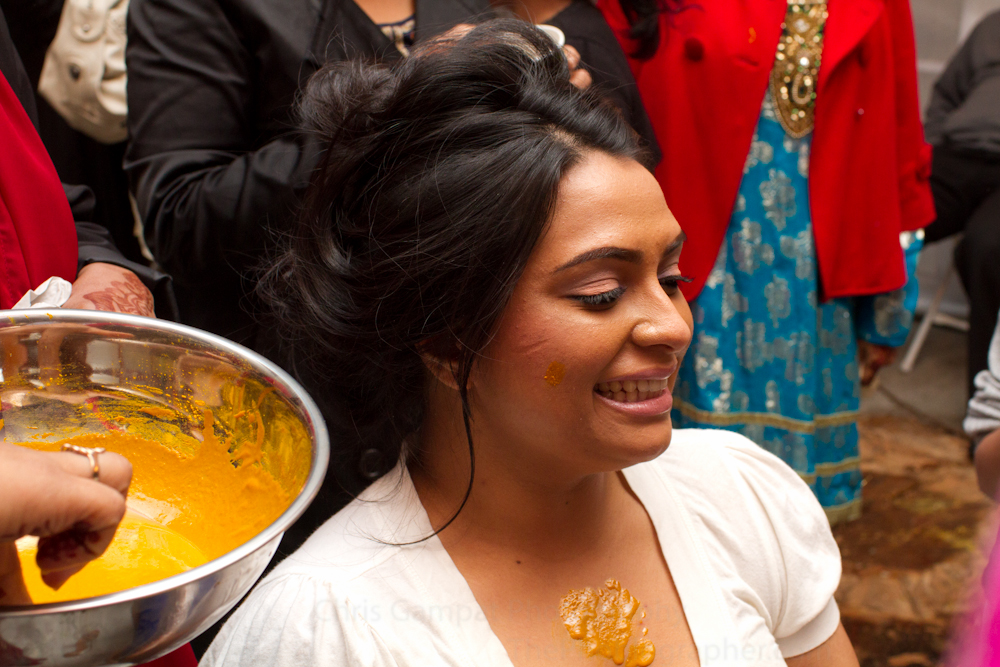
Backup/Secondary Cameras
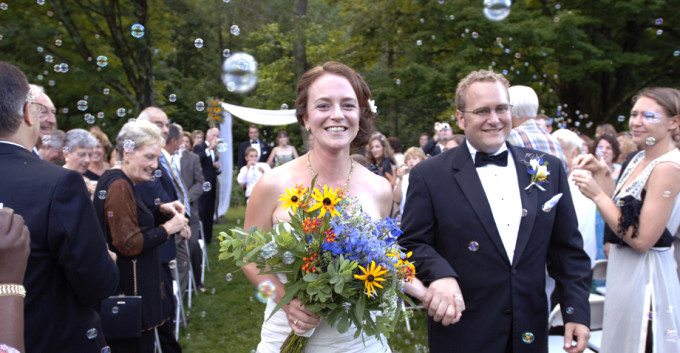
You’d absolutely never show up to a wedding with one camera. What if something goes wrong? Are you willing to take that risk of not only losing the business but also ruining such a special moment in a couple’s lives? While you can opt for a second copy of one of our primary cameras, we recommend something a bit lighter. Take a look!
Nikon D600
We didn’t think we would be surprised by the Nikon D600, but we actually ended up liking it quite a bit. The camera can basically be thought of as a D7000 with a full frame sensor. When the D7000 was announced, it excited everyone, and it was purchased in droves. With the D600 being Nikon’s affordable full frame option, we can once again see how people have flocked to it.
With its 24.3MP full frame sensor, excellent low light capabilities, compact body (for a full frame DSLR), 3.2 inch LCD screen, 5.5 fps shooting and 39 autofocusing points, what could you not love about it? In fact, it could probably even qualify as a primary camera.
Our only real gripe with the camera was the ergonomics, but if you can get over that, you’ll have lots of great photos to share from this camera using the same lenses that you have for your D800.
Canon 6D
When creating an affordable full frame body, Canon decided to rethink the plan totally. Essentially what they did was gave us a full frame sensor in a 60D style body; but that still feels good in the hand and in some ways reminds one of a 5D Mk II. The result is the Canon 6D: a camera with excellent autofocusing, image quality, and that feels great in the hands.
The killer feature though is the built in Wi-Fi transmission. That means that while you’re shooting with this camera, you can have wedding attendees chimp the screen and offer them a print right there on the spot providing you have an assistant to help you.
Those prints will only amount to extra money in your pocket. Take a look at our review before you make a decision though; and just remember that you can use your Canon EF lenses on this camera as well.
Fujifilm X Pro 1
The Fujifilm X Pro 1 has won various awards for being what many experienced photographers would call the camera they’ve all been waiting for. The X Pro 1 is a clear shot across the table at Leica, and it even has very rangefinder like aesthetics to its design. If one were to imagine the Contax G2 updated for the digital age, this would be it.
Complete with a special 16MP X Trans sensor that removes the AA filter; you’ll get nothing but sharp images from this camera, providing that it nails its focus correctly. Indeed, the image quality from it can hold its own with the likes of the full frame options from Canon, Nikon and Sony. Plus, it is quiet and will probably not be noticed by anyone during ceremonies due to its smaller size.
As far as lenses go, our favorite is the 35mm f1.4, but the company has many more to come soon that may also end up on our list. If you’re wondering if it’s right for you, consider checking out our full review.
Olympus OMD EM5
For many years, Olympus was one of the laughing stocks of the digital world on forums and other places. Then they came out with Micro Four Thirds and changed the industry. The culmination of all this work has created the Olympus OMD EM5: which is perhaps my favorite camera as I write this post. The EM5 is weather sealed, boasts some extremely fast and accurate autofocus, has image quality that likens to Kodak Portra, and can deal with high ISO imagery much better than any previous cameras from the manufacturer. You can see all of this in our review.
To boot, it is also quite light and very small with a great electronic viewfinder that has the staff here in love with it. Like the X Pro 1, its smaller size, quiet shutter and super fast lenses will help you to get quicker candid photos.
Looking for some good glass? The answer lies in the primes. Olympus’s 17mm f1.8, Panasonic’g 25mm f1.4,Olympus’s 45mm f1.8 and 75mm f1.8 are all what you may be looking for. Personally though, my Voigtlander 17.5mm f0.95 is almost permanently attached to my camera.
Sony NEX 7
Sony’s NEX 7 won our three way battle between the mirrorless camera kings. It maintains the most balance with good autofocusing speed, excellent image quality, jaw dropping raw file versatility, and perhaps the best manual focusing of any mirrorless camera out there. The ergonomics aren’t for everyone, but if you can wrap your head around the ingenious shutter speed, aperture, and ISO dials, you’ll fine yourself to be a very happy photographer.
The best lenses for the system are the Sigma 30mm f2.8,Sony 24mm f1.8, Sony 35mm f1.8, and the Sony 50mm f1.8. The latter is one of the best 50mm lenses that we’ve ever tested. Plus if you’re a Sony DSLR user, you can swap the lenses out onto the camera using an adapter and still keep autofocus. Take a look at our review before you purchase.
Lights
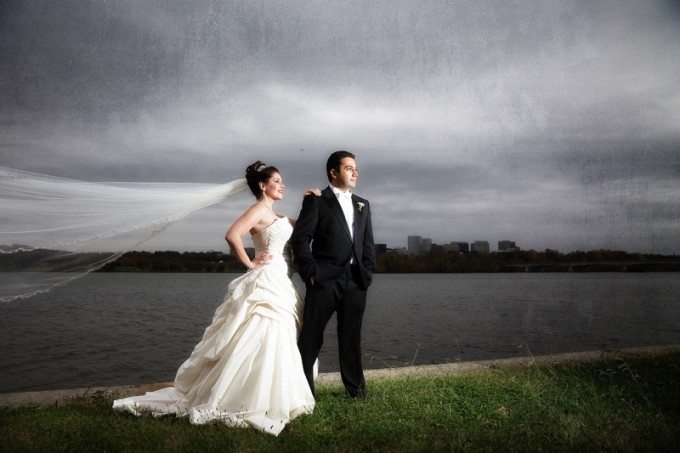
We very highly do not recommend ever being in and working with only natural light as a wedding photographer. Though today’s cameras have excellent ISO image quality, the absolute best images make great use of lighting. And many times natural and ambient lighting isn’t always reliable.
So the best option is to often create your own. Sure, your F1.2 lens can let in lots of ambient light, but try getting something in focus and never breathing while shooting. It’s tough!
Canon 600EX RT
Canon’s 600EX RT is their latest addition to the flash lineup. While Nikon has primarily been the winner for years in the flash game, Canon seriously stepped up their game last year with the addition of this new speedlite. It’s hidden power: radio transmission built into it using Canon’s own proprietary radio system. However, you can use the flash with other triggers such as the Phottix Odins and those from PocketWizard.
Nikon SB-910
There was a major problem with the older Nikon SB-900 that many photographers complained about–the fact that the built in heat sensor eventually shut the flash down. What this meant was that many photographers couldn’t always get the shot they wanted. In general though, the situation was blown out of proportion and only really applied to machine gun flash shooters–which many are.
The SB-910 solved that problem and added new features to boot. It includes filtes for better white balancing, a zoom head that covers17mm to 200mm lenses, and a 2.3 second recycling time when firing at full power and with the best batteries for use. If you’re a Nikon shooter, this is currently the best thing you can get your hands on.
Sony HVL-F60M
Sony’s flashes have always been a tad different than everyone else’s. However, the HVL-F60M’s design is a significant departure from traditional speedlight design. This flash has what’s called a Cobra head. And in real life use, we found it to be quite exceptional.
At the time of writing and publishing this guide though there is only one major problem: they have no PC or Sound ports to work with PocketWizards. However, if you can live with Infrared transmission, these flashes are the toughest to beat.
Vivitar 285HV
The Vivitar 285HV is the weirdest looking flash you’ll ever get your hands on. The thing has a super-retro look that is completely analog. That means you’ll also need to work with it manually–but with its layout and design, you’ll find it simple to use.
Everything on the flash is color coded and associated with a dial for the best control, and it’s one of our most favorite flashes.
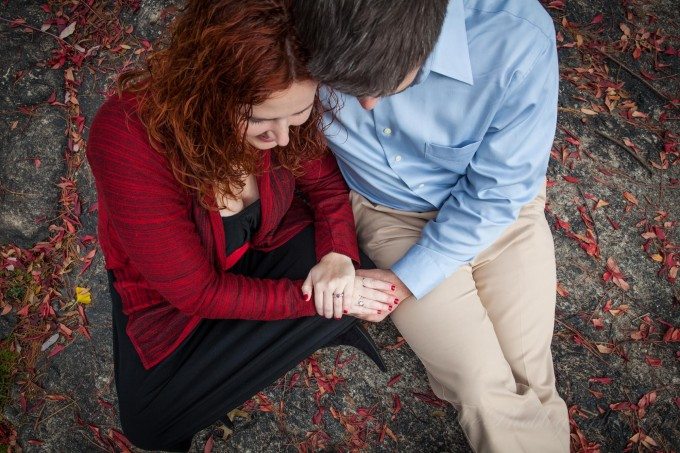
Want even more? Be sure to tap into our Introductory Guide to Lighting Modifiers (along with an Infographic to see how lights will affect an image), our Canon Flash upgrade guide, and why light matters more than the quality of your camera sensor.
If some of these are out of your budget, take a look at this more consumer conscious list.
Accessories/Modern Upgrades
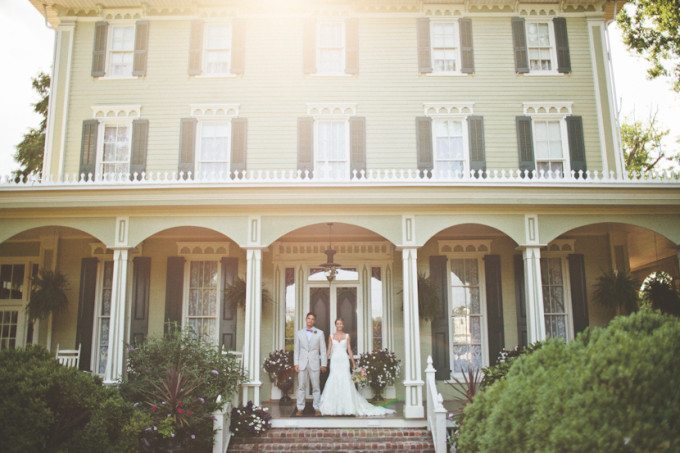
Taken from our Modern Upgrades Guide
There are certain tried and true tools that many wedding photographers have used for years without flaw. Yet, there are many modern updates and upgrades that will help you get not only better images, but also give you even more creative possibilities when it comes to getting that that glorious photo of the bride. Here’s just a couple of them.
ExpoImaging Rogue Flash Bender (Large)
The Rogue Flash Bender is an excellent item to get. It takes the light coming out of your flash and projects it both forward and upward when set up totally flat. This gives off the look of a softbox. But that’s not where the strength of this modifier really lies. It can be bent in nearly any shape or form that you can think of. Need a snoot? You’ve got one. Need to project most of your light forward? Bend the top over and towards your subject.
By far, these simple tools have to be the most revolutionary tool for flash modifications that have come out in the past five years.
Personally, I’d only recommend the larger version. The others are highly specialized or a total waste unless you’re going for the XL kit at all.
Phottix Odin TTL Radio Triggers / Pocket Wizards for Nikon
I’ve tested and fully approve of the Phottix Odin triggers. For the Canon photographer, there is simply nothing better right now. These triggers are reliable, have a far range, offer the best TTL metering that we’ve seen with all Canon DSLRs, and are also simple to control.
For the Nikon photographer, many of you are smitten over the Flex and Mini units from Pocket Wizard. The company did a terrific job on the products, and after talking to them more about them at Photo Plus, the delay it took them to get them out was well worth the wait. Pocket Wizard products are well known for their reliability and versatility with loads of other systems.
Think Tank Photo Retrospective 30
This bag is big enough to accommodate to most photographers’ needs. It can hold a hell of a lot of gear and it’s actually very comfortable to have around your chest for long periods of time. There is a very good reason why Think Tank has been recommended and loved by so many photographers.
Over the years, we’ve used this bag to hold several DSLRS, lenses, flashes, modifiers, filters, phones, tripods, and more. You can literally store everything you need photo-wise for a wedding (and perhaps even more) in this messenger style bag. The padding on the shoulder strap will also let you comfortably tote it around all day.
The only thing that you can’t hold in here: large lighting modifiers–like the next item on our list.
Westcott Apollo 7 Foot Parabolic Umbrella
A friend of mine recently shot a photo of myself and 7 buddies of mine with one of these things at 11pm at night with us standing around 10 feet away from the Umbrella. It evenly lit all of us and the fact that you don’t get major amounts of directional quality from an umbrella makes it shine even more. Westcott’s 7 foot umbrella is best used on a stand and with either a strobe with powerpack or multiple hot shoe flashes.
We later went on to review one of these umbrellas. While the silver version may give you too many specular highlights and make retouching a bit of a nightmare, the white version of this umbrella will be well worth your investment. Put speedlites or even a monolight (if you’re brave enough to work a wedding without TTL) in this modifier and you’ll have some positively flawless and beautiful light with each click of the camera.
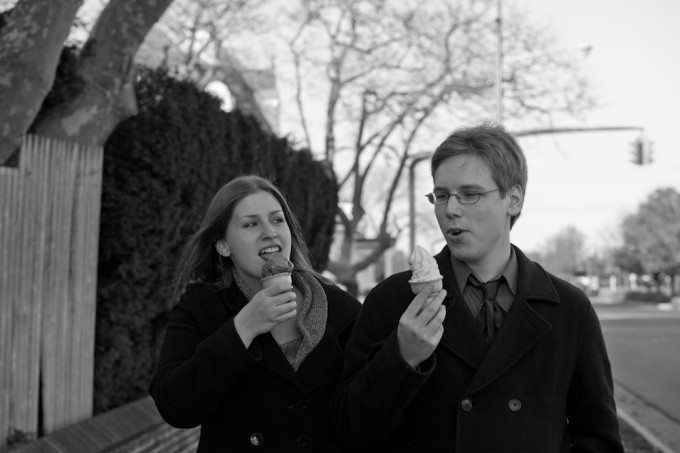
Software
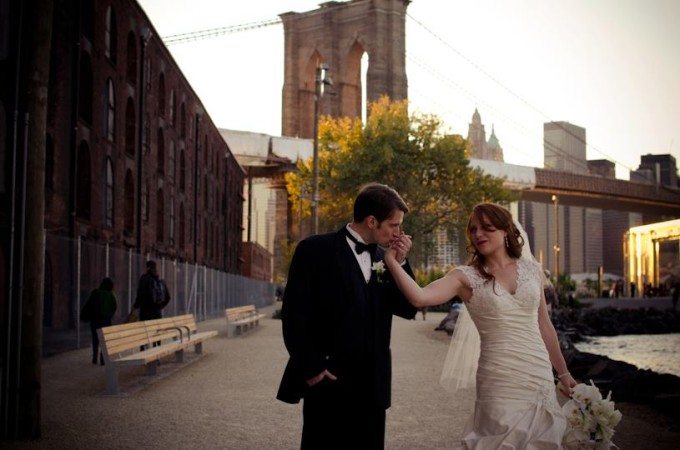
Getting the images totally right in camera the first time around is a thing of the past. Modern couples want retouching to their images to make them look even more amazing than they already do. And to do that, we’ve got a couple of recommended products.
Adobe Lightroom
In case you haven’t already learned the greatness of Adobe Lightroom, you really should have it if you’re a wedding photographer. It lets you import your photos, cull the bad ones out, work on the good ones, and manage them all in one convenient place. It’s the benchmark that we use for testing all of our cameras and lenses on the site.
We cannot recommend any program more than Lightroom for editing your images.
Adobe Photoshop
Sometimes you need to do major work on an image or three. For that, Lightroom can’t handle the job. However, Photoshop surely can. Be warned though, it is probably the most difficult tool to master.
VSCO Film Tools
We were turned on to VSCO film tools via loads of other wedding photographers. Their presets for Photoshop and Lightroom help your images look just like many famous films such as Portra, Velvia, or even some of the instant films now with the latest update. Many couples love the soft look of these and will absolutely never complain.
Resources
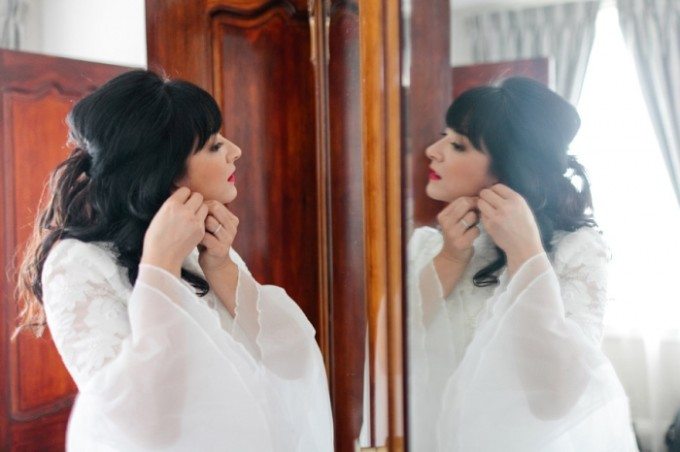
And once you’ve got the gear that you need, you’ll need some tips on how to use it best. Here’s a couple of resources to help you in your journey to capture the love between the couple.
Shooting the Bouquet Toss During a Wedding: This moment lasts literally for a split second, so make sure that you’re in the right spot. And when you are, you’ll nail this shot perfectly.
Knowing Natural Light: Don’t just go and shoot your Bride and Groom in the sun. You’ll need to get a feel for shadows and all. And this is the guide to help you out.
F2.8 or F4 Lens?: There are loads of options available that are subject to this debate. While some prefer a longer reach, others prefer to spring for creamier bokeh. Which are you?
How Faster Lenses Can Save Your Flash’s Battery: If you’re hankering for that F2.8 lens, guess what–you’ll save more battery life.
Tips for the Person Being Forced into Shooting a Wedding: Don’t want to shoot a wedding but being placed in a situation where you kind of have to? Well, here’s your survival guide.
The Ultimate Wedding Photography Checklist: This is your end all be all list of important shots to get when you want to photograph a wedding. Memorize it.
Making the Most of Window Lighting for Your Photography: There is the iconic shot of the Bride looking out of the north window. This post will help you on that shot, but it can also help you when you approach the service area.
Please Support The Phoblographer
We love to bring you guys the latest and greatest news and gear related stuff. However, we can’t keep doing that unless we have your continued support. If you would like to purchase any of the items mentioned, please do so by clicking our links first and then purchasing the items as we then get a small portion of the sale to help run the website.


